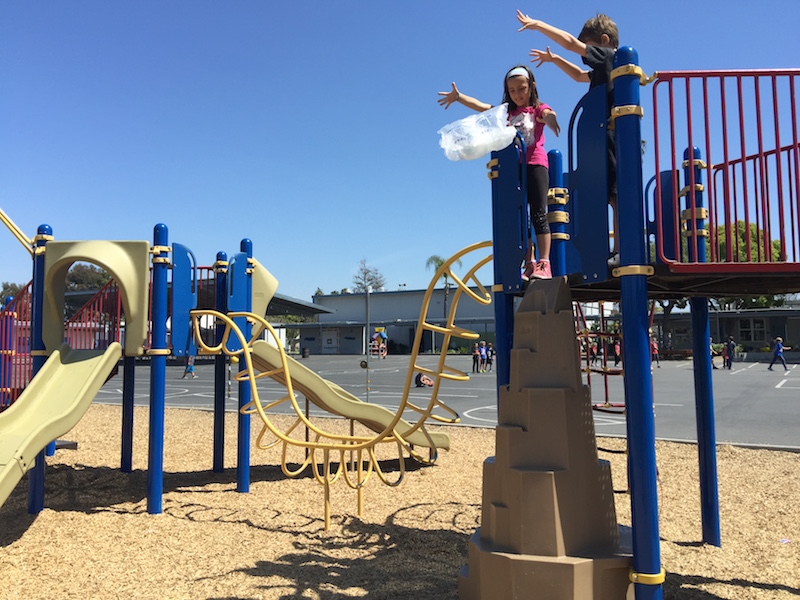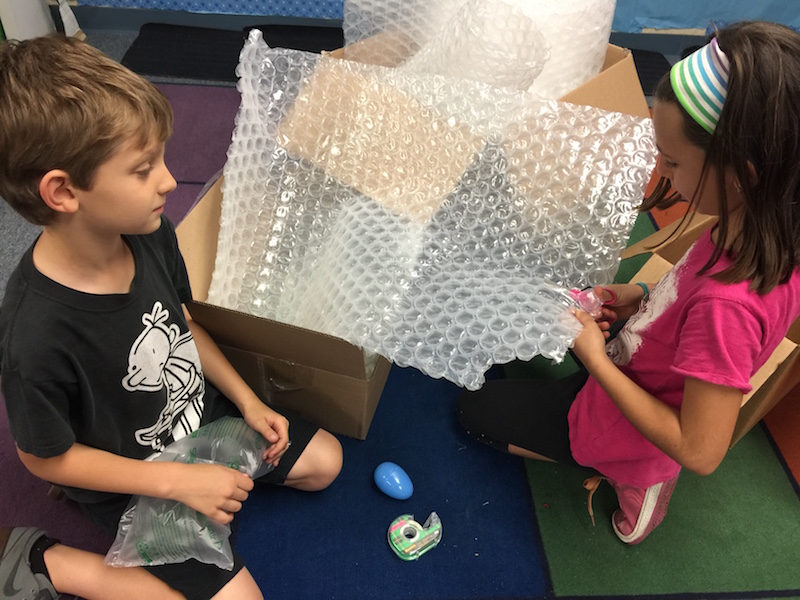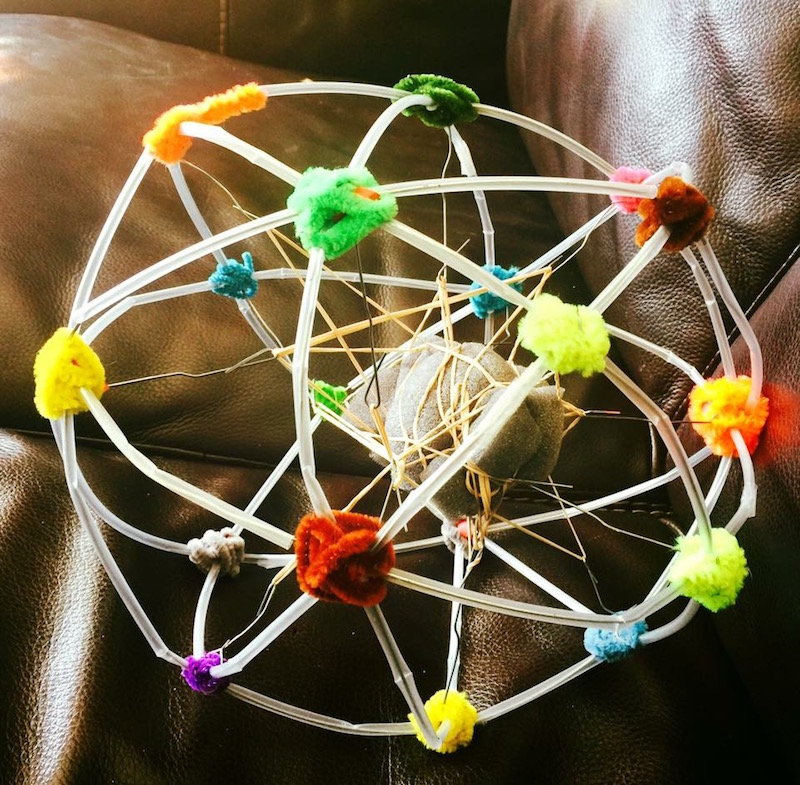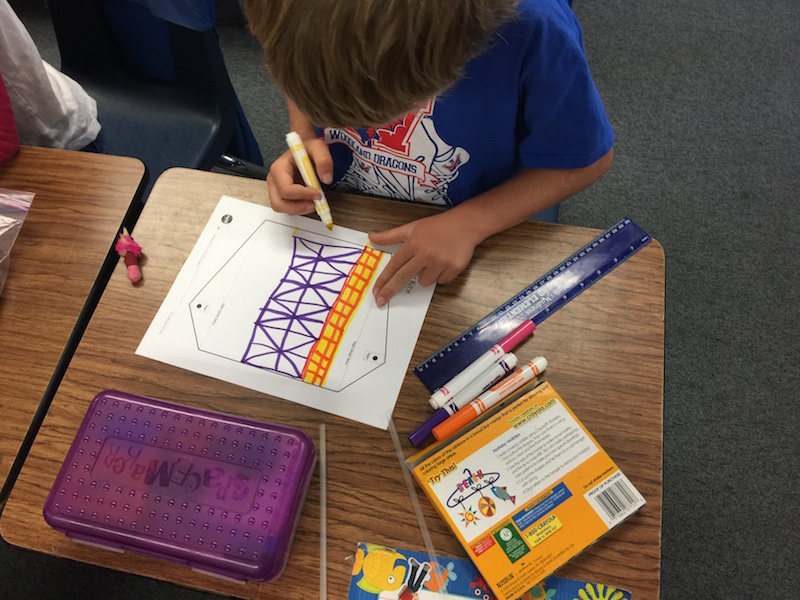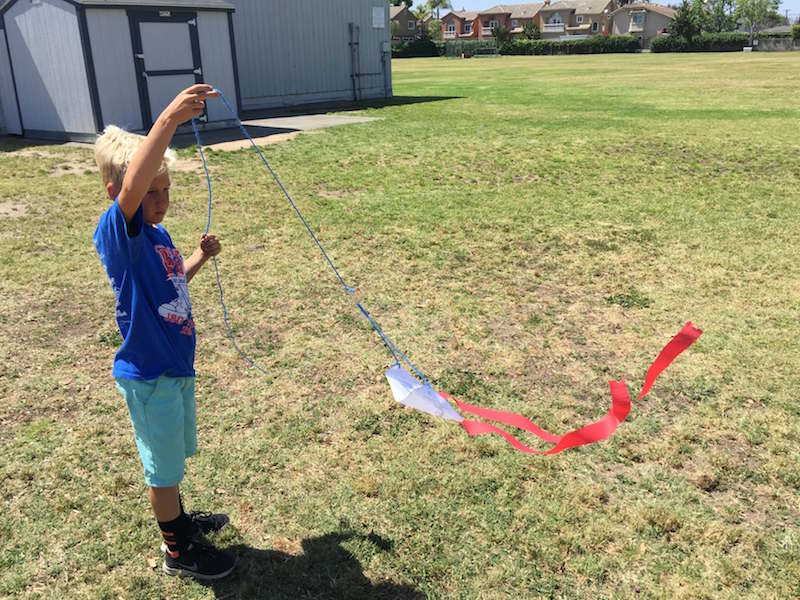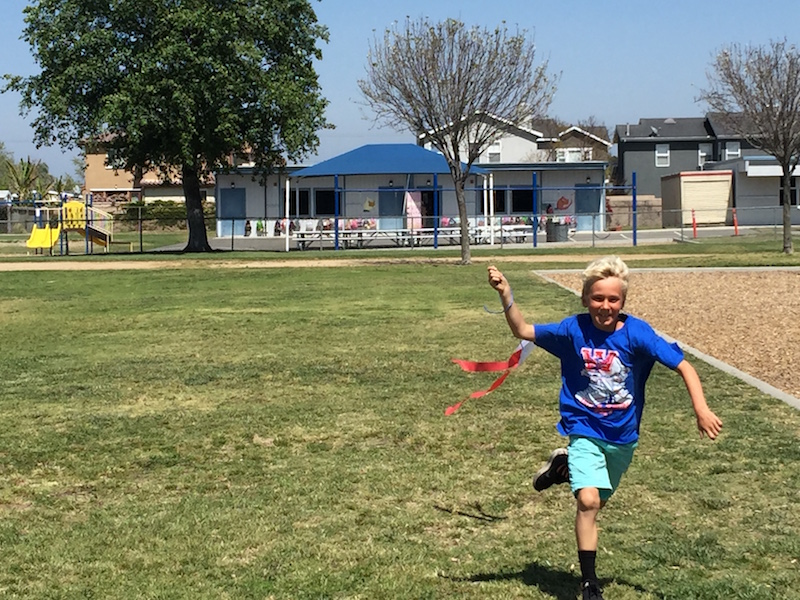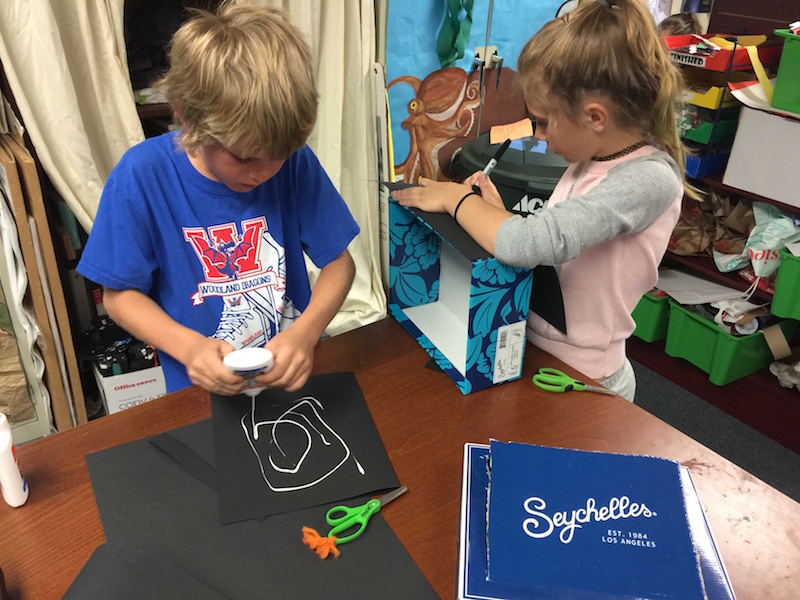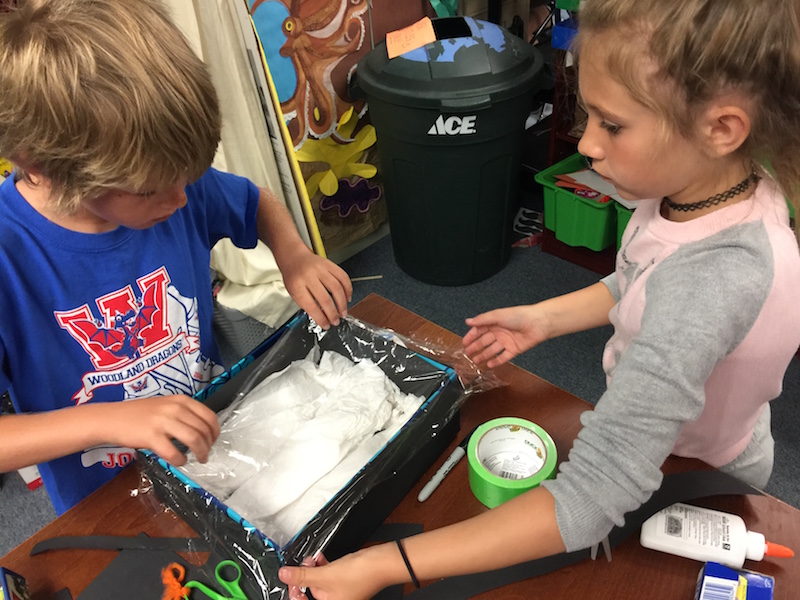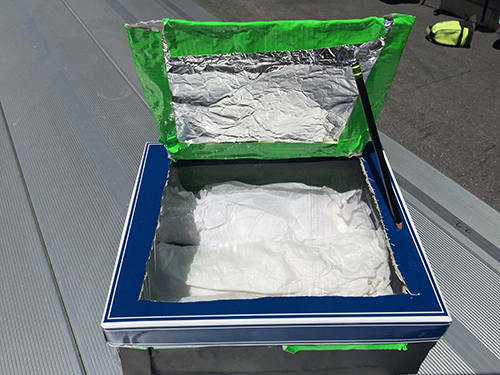I was off campus when our school board member came yesterday; however just as she was leaving, I walked into the building. She was very complimentary of our school and our classrooms. One thing that she commented on was the positive climate. Of course, this made me smile because it's awesome when people can walk in and recognize it. I shared our hashtag and told her that Medlock truly is a special place. We love kids and we love what we do. Our staff goes the extra mile to make sure that Medlock is safe and fun for kids. But I am so proud that we also take great care to make sure that Medlock is a place that is safe and fun for adults too. I thank you for making our school one that is welcoming to all. We work hard but we play hard too (as evidenced by the kickball game). You make Medlock awesome!
Staff Spotlight
This week I would like to shine the spotlight on Sharon Bradford. It has been quite the year in the clinic! Between the lice "outbreak", the flu "epidemic", seasonal allergies and the never ending bumps and bruises, it seems that Sharon has had a revolving door. You'd think that she would tire of the runny noses and hacking coughs. You would also think that amidst all of the sickness, she would herself catch an occasional cold. But not so! Sharon is here day in and day out, sometimes with standing room only in the clinic, attending to students and even a few adults. In addition, Sharon once again found time to spearhead our FCS Charitable Fund Campaign. Sharon we appreciate your commitment to the wellness of our school and thank you for doing a thankless job!
Why Teaching Is Still The Best Job In The World
www.Teachthought.com
By Paul Moss
April 1, 2015

7 Reasons Why Teaching Is Still The Best Job In The World
Sometimes, good teachers quit. Teaching is an increasingly demanding job with divergent influences, dynamic sources of innovation, and aging dogma that makes it all a struggle. It can be emotionally draining, and at times, impossible.
But in lieu of that–and in an age where start-ups are glorified, entertainment is endlessly emphasized, and tech is kind, teaching continues to be the best job in the world. Or at least I think so anyway. Here are 7 reasons why.
7 Reasons Why Teaching Is The Best Job In The World
1. The potential to transform lives – ask any teacher who has helped a student in any number of ways, from academic to welfare and emotional learning, and they will tell you that life is not only good, but amazing.
2. It gives you the chance to be continuously creative – of course there are increasing levels of accountability in teaching, but teachers are allowed to be creative in every lesson. Even in observations, in fact most of all in observations, lessons are encouraged to be creative and interesting to engage the students. Teachers have so many opportunities to try new ideas, and indulge in iterative process to ensure the optimum learning environment is created.
3. It offers you a chance to continuously get better – teachers are not only encouraged to seek continuous professional development, but can ask for observation on a regular basis, to provide opportunities to grow and learn from masters or more experienced practitioners. In so few professions is there such support, and considering that as a minimum, contracts are for a year, teachers have so much time to demonstrate improvement. A growth mindset is part of the foundation of teaching.
4. It is a grounding, humbling profession – the amount of work teachers do compared to remuneration is shockingly disproportionate, in 2 senses: firstly, in terms of how many paid vs non paid hours of work they receive, and secondly, in relation to other similarly creative and important (and not so important) vocations in our society. But that is not why teachers teach. So few teachers go into the vocation for the salary – it’s a calling before anything else.
5. There is always satisfaction somewhere – teaching is a calling, and no one enters it without his or her inner voice telling him or her that. Of course there are always some imposters, but the massive majority have their hearts in the right place. How cool is that for the students?
Having said that, teaching can be and is incredibly demanding, and often we can lose sight of that calling, bogged down in aspects of the profession that don’t seem to be connected to it. But on closer inspection, most of the extra demands are actually central to the job itself: explaining to parents where you are coming from; being observed; collaborating with others; marking.
Take this last aspect, crucial to understanding whether students are learning what you believe you are teaching. Yes, it is very time consuming, but perhaps one of the most important and fundamental weapons in a teacher’s arsenal; any good school will understand this and the other cited demands, and create an environment where they become part of directed time.
It is when these aspects are not acknowledged in directed time that the conditions for burnout are rife.
6. It’s a chance to truly to lead the world in the 21st century – introducing students to new technologies and ways of presenting, curating, and collaborating with others with what they know is truly exciting and truly invigorating. Modern teachers are actually pioneering pedagogy, and can and will be able to hold their heads up high in the future when we look back and see how learning in this day and age took a radical but enormously beneficial turn for the better.
Engaging students in greater collaboration, and instilling initiative in curation and the promotion of information leads to truly independent learning, and setting up such learning environments is an opportunity that all teachers now have before them. There are few more gratifying feelings that being needed.
7. The children.
Conclusion
Of course, so much of the technological addition to teaching has all been achieved mostly through our own initiative, having to source and implement the enterprising learning strategies. But this only provides another string to our bow, and in the context of how important 21st century skills are, another example of why teaching is such an amazing thing to do. Sometimes teaching is exhausting, but friends, always come back to the core of what we are doing.
We are change makers, and that is something to be proud of.
Long live teaching, still the best job in the world!



